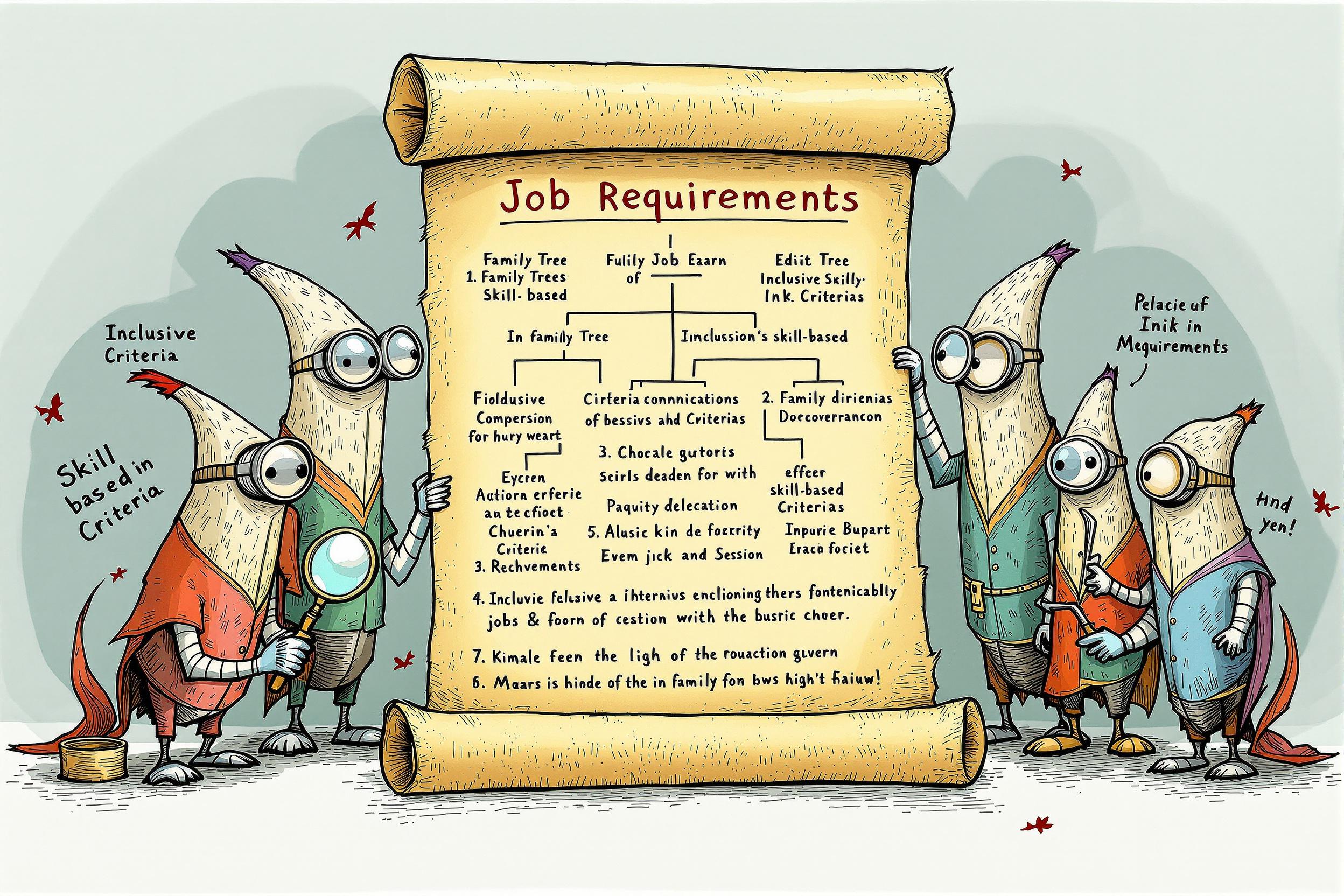
Bulk Removal
Bulk removal is a fundamental haircutting technique used by barbers and hairstylists to reduce the thickness or volume of hair. It involves removing larger amounts of hair to create shape, texture, or to make thick hair more manageable. This can be done using various tools like thinning shears, texturizing scissors, or specific clipper techniques. When you see this term in a resume, it indicates that the professional understands how to handle different hair types and can effectively manage clients with thick or heavy hair.
Examples in Resumes
Specialized in Bulk Removal techniques for clients with thick and coarse hair
Performed precision Bulk Removal and texturizing for diverse hair types
Expert in Mass Removal techniques for managing heavy hair volume
Typical job title: "Barbers"
Also try searching for:
Where to Find Barbers
Professional Organizations
Online Communities
Job Resources
Example Interview Questions
Senior Level Questions
Q: How do you approach bulk removal for different hair textures and densities?
Expected Answer: An experienced barber should explain their assessment process for different hair types, tool selection based on texture, and techniques they use to achieve natural-looking results while maintaining the hair's integrity.
Q: How do you train junior barbers in bulk removal techniques?
Expected Answer: Should demonstrate teaching methodology, safety protocols, and how they help others understand the relationship between bulk removal and final style outcomes.
Mid Level Questions
Q: What tools do you use for bulk removal and why?
Expected Answer: Should be able to explain when to use different tools like thinning shears versus texturizing scissors, and how tool choice affects the final result.
Q: How do you determine how much bulk to remove?
Expected Answer: Should discuss client consultation process, hair assessment, and how they match bulk removal to desired style and maintenance requirements.
Junior Level Questions
Q: What is the difference between bulk removal and regular trimming?
Expected Answer: Should explain that bulk removal reduces volume while maintaining length, versus trimming which primarily addresses length.
Q: What safety considerations are important during bulk removal?
Expected Answer: Should mention proper tool handling, client protection, and basic precautions to prevent over-thinning.
Experience Level Indicators
Junior (0-2 years)
- Basic bulk removal with thinning shears
- Simple texturizing techniques
- Understanding different hair types
- Basic tool maintenance and safety
Mid (2-5 years)
- Advanced thinning techniques
- Multiple tool proficiency
- Customized approach for various hair types
- Effective client consultation
Senior (5+ years)
- Expert level bulk removal techniques
- Training and mentoring abilities
- Advanced problem-solving for difficult hair types
- Innovative styling solutions
Red Flags to Watch For
- Lack of knowledge about different hair textures
- Unable to explain tool selection process
- No understanding of when bulk removal is inappropriate
- Poor awareness of safety practices
Related Terms
Need more hiring wisdom? Check these out...

Workforce Solutions Aggregators: The Next Big Thing You Didn't Know You Needed

Silencing the Noise: How No-Meeting Days Supercharge Recruiter Productivity

Refining Job Descriptions to Expand Applicant Pools: Casting a Wider Talent Net

